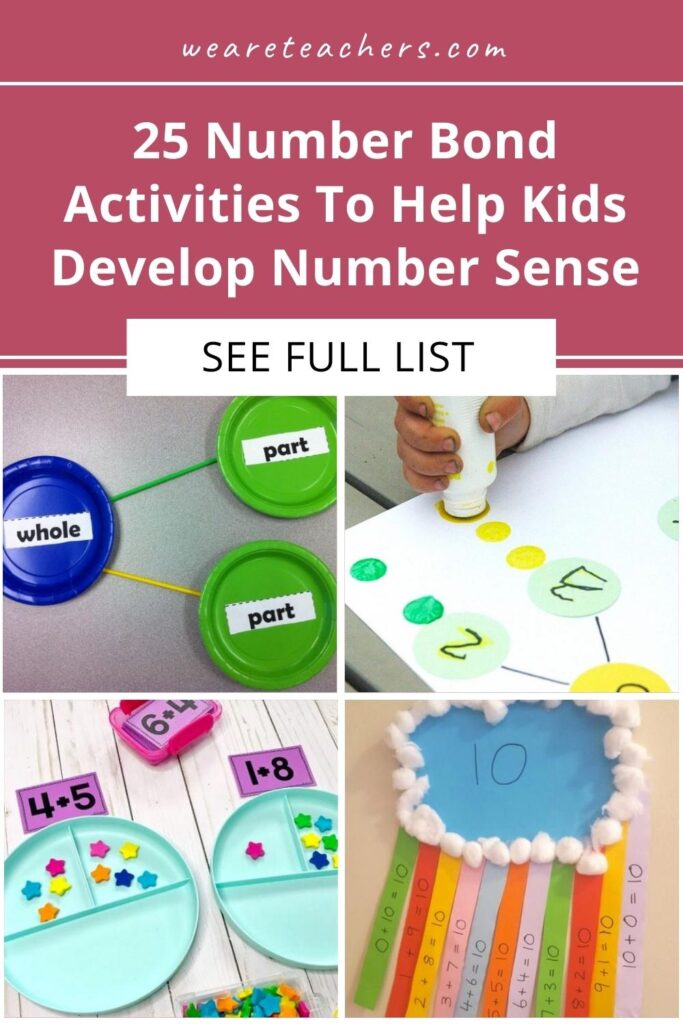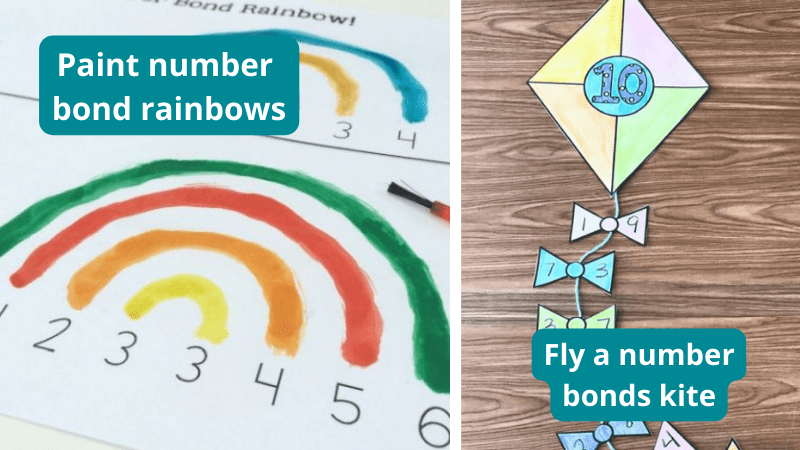Number bond activities are a simple but incredibly helpful concept for kids learning their math facts. Here’s what you need to know.
What are number bonds?

In simplest terms, number bonds are pairs of numbers that add up to make another number. They’re usually represented by two smaller circles (the parts) linked to a larger one (the whole). Rather than just memorizing facts, students use number bond activities to truly understand the math, making them the perfect lead-in to addition and subtraction. Here are some of our favorite number bond activities.
1. Introduce the concept by sorting parts and wholes

Before you bring numbers into the mix, start by simply having kids sort pictures of whole items versus parts of items. This introduces the idea of “part, part, whole,” which is key to understanding number bonds.
Learn more: Parts and Wholes at Roots & Wings
2. Create a number bond model with paper plates

Make a model from paper plates to show how you can break a whole down into its parts. Use it for hands-on practice in the classroom.
Learn more: In the Loop
3. Post an anchor chart
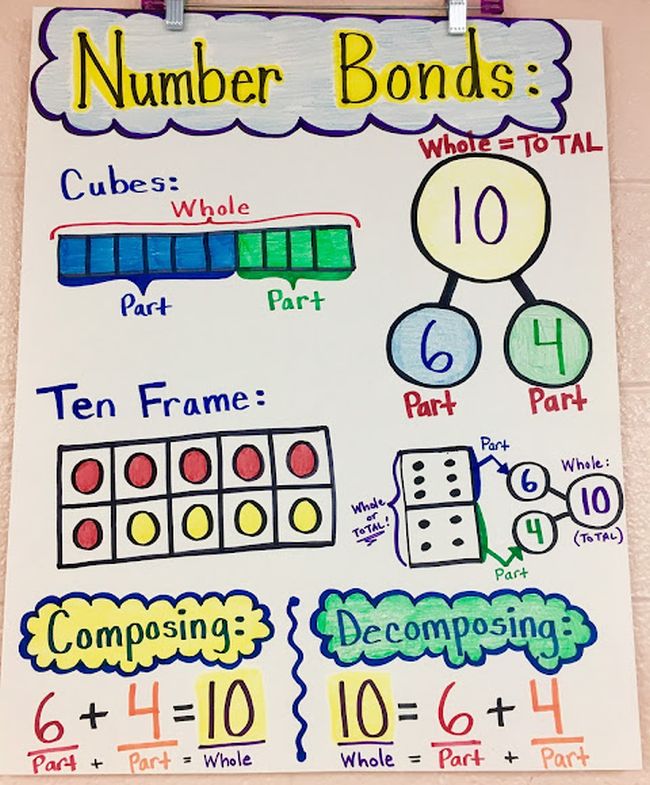
A number bond anchor chart helps remind students about the importance of the concept. Show them all the ways to break down numbers and put them together again.
Learn more: Livin’ in a Van Down by the River
4. Dot the parts of the bond
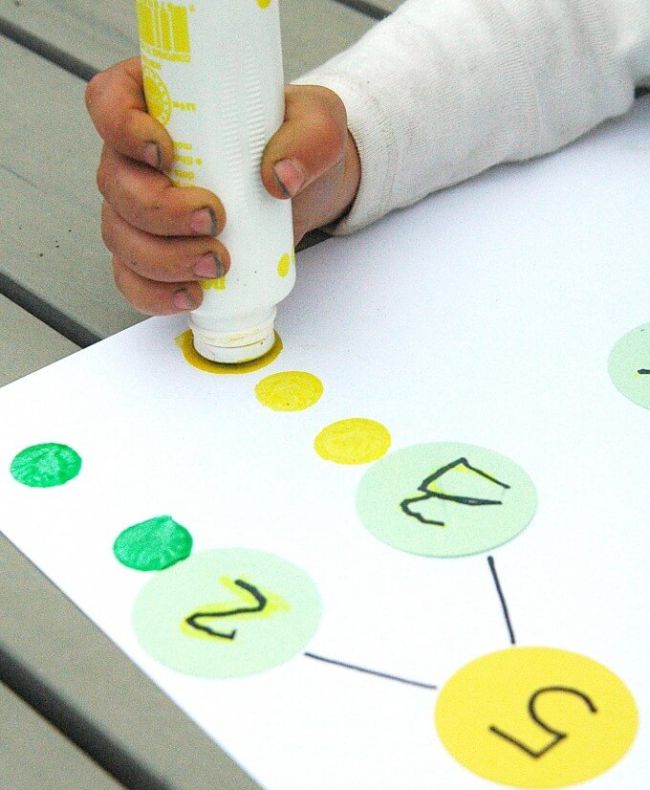
Kids always get a kick out of using dot markers! Let them represent the parts of the bond with dots, then count them up to make the whole.
Learn more: Playdough to Plato
5. Build a number bond machine
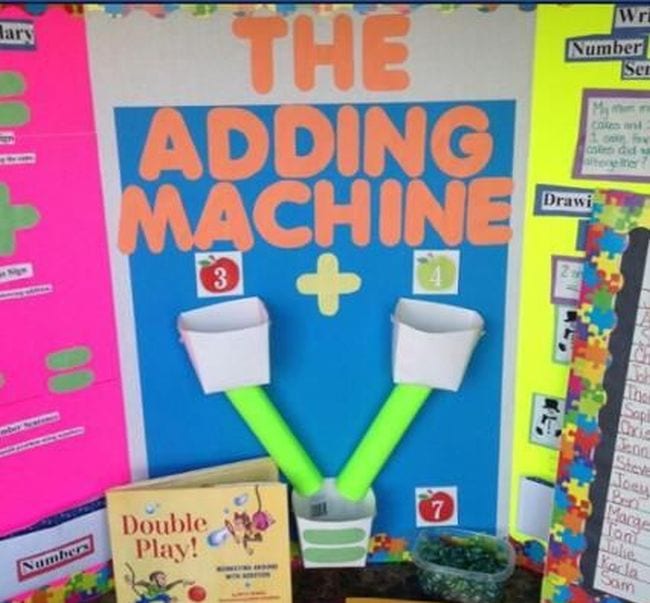
This is so fun! Drop the separate parts down their respective chutes, where they land to make up the whole. Kids will love this!
Learn more: Ms. Marinelli’s Classroom Blog
6. Turn bees into bonds
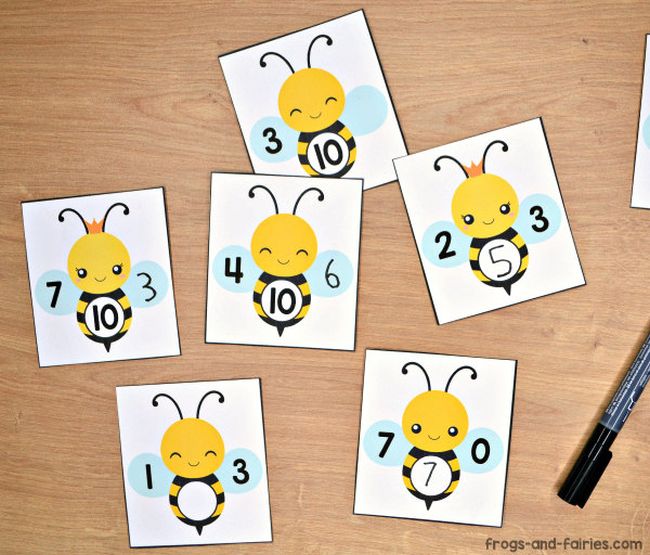
Looking for printable number bond activities? How cute are these number bond bees? Get a free printable set at the link.
Learn more: Frogs-and-Fairies
7. Make number bonds in divided plates
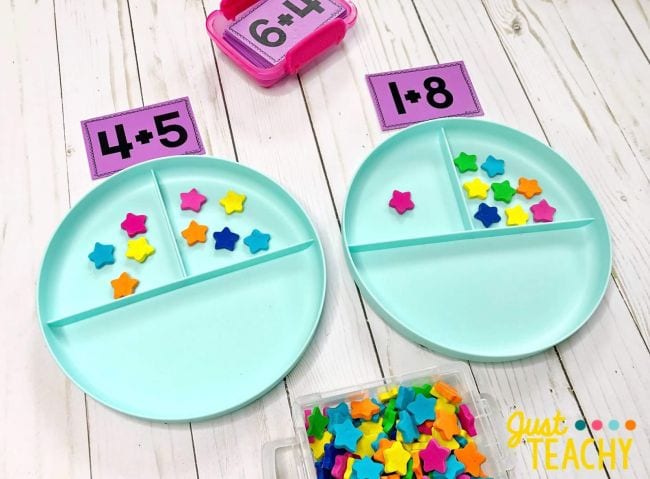
Look for these divided plastic plates at dollar stores, or pick up a package of disposables. Use them with mini erasers or other small toys.
Learn more: Number Bond Plates at Just Teachy
8. Paint number bond rainbows
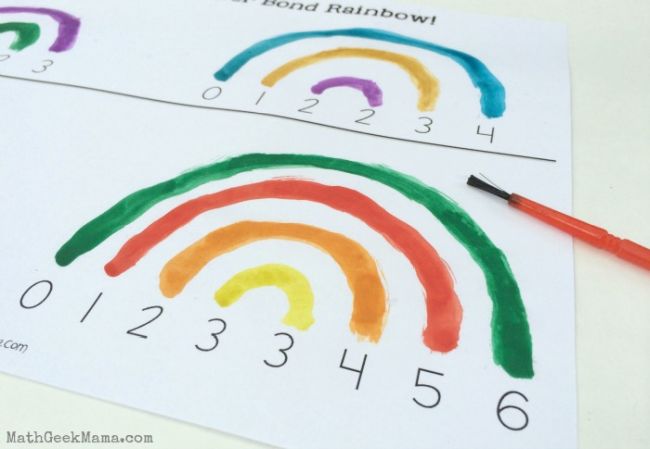
Pull out the watercolors and make math more colorful! This is such a pretty way to learn more about number bonds.
Learn more: Math Geek Mama
9. Hold up number bond boards
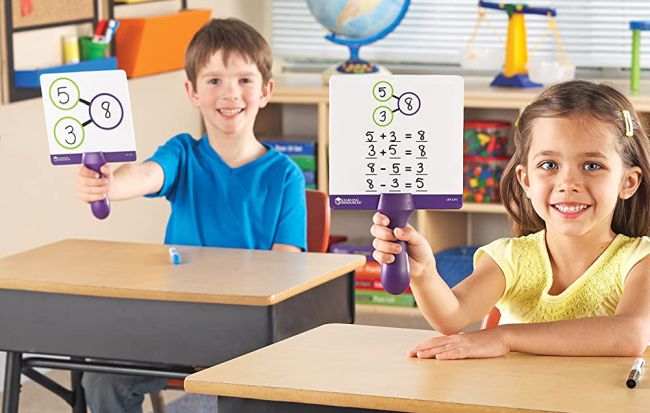
These boards give kids a fun way to practice, and they make it easy for teachers to do a quick check of the classroom to see who’s getting the idea and who needs a little more help.
Buy it: Learning Resources Double-Sided Number Bonds Write-and-Wipe Answer Boards at Amazon
10. Roll the dice
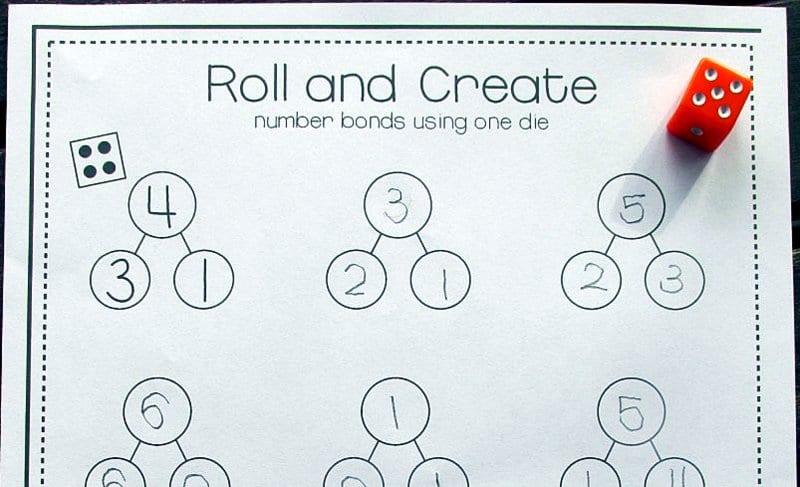
Here’s an easy activity: Roll a die and create a bond using that number as the whole. You can also roll two dice and use them as the parts; add them together to find the whole.
Learn more: Boy Mama Teacher Mama
11. Sing the Farmer Pete song
This catchy tune is a great way to learn about making 10. Have your own students act it out just like in the video!
12. Pull out the dominoes

Dominoes make great math manipulatives! Lay them out to show the two parts, then write the whole bond in the circles.
Learn more: Lessons for Little Ones
13. Clip and slide to make number bonds

We really like these clever Lakeshore Snap & Slide Number Bonds tools, but we love the fact that you can make your own using hangers from the bargain bin!
Learn more: The Kindergarten Center
14. Put together number bond eggs

Plastic eggs are so fun in the classroom! And they’re ideal to use for number bond activities. Demonstrate the concept using two halves of the egg to make up a whole.
Learn more: The Imagination Tree
15. Craft a number bond rainbow
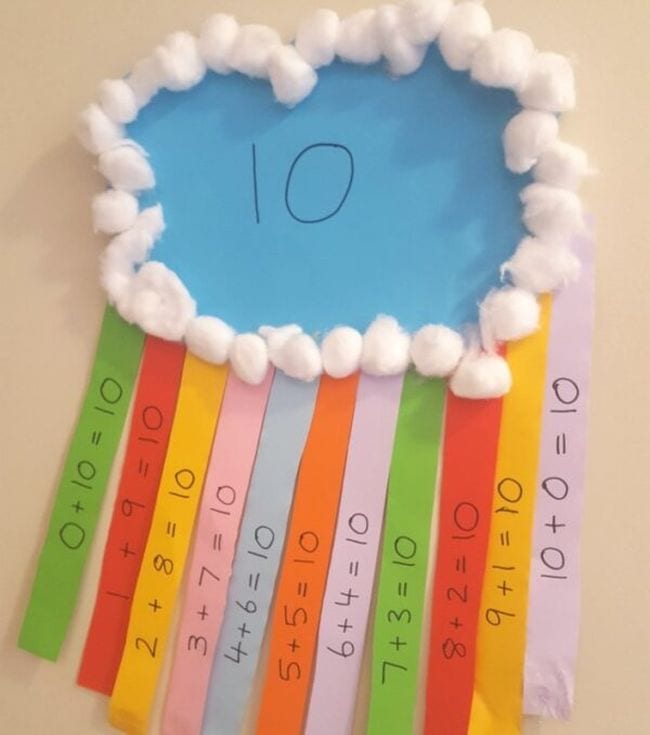
Who knew number bonds could be so pretty? This math craft is a snap to put together, and it makes a great reference tool for kids learning their addition facts.
Learn more: Simply Kinder
16. Try a different kind of flash card
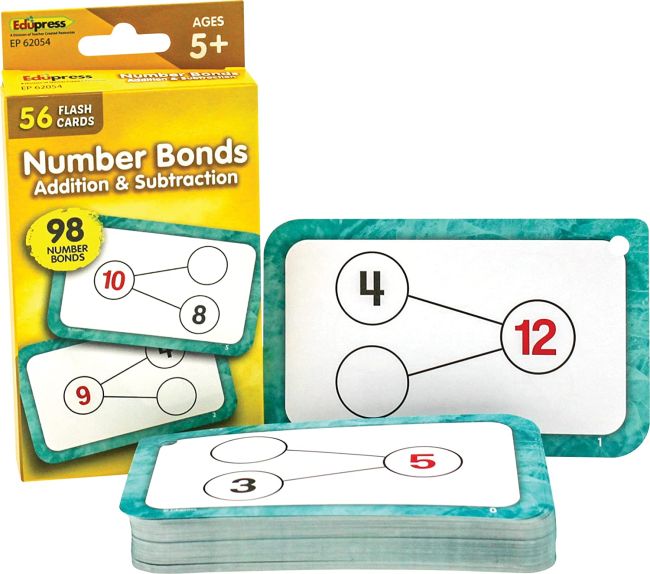
These flash cards force kids to think differently about math facts. They’re helpful for mastering both addition and subtraction too.
Buy it: Teacher Created Resources Number Bonds Flash Cards
17. Display number bonds in cupcake wrappers
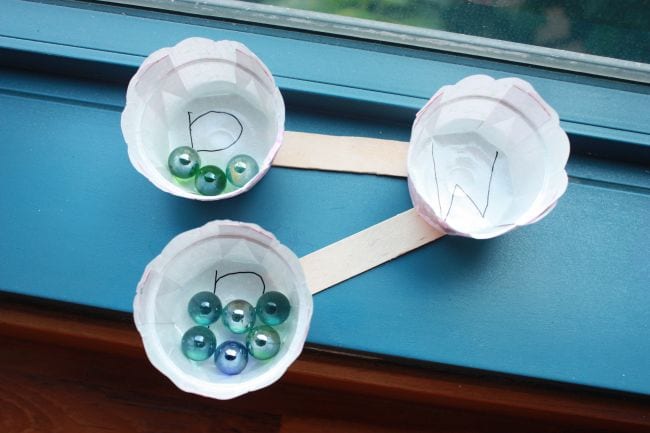
Cupcake wrappers and craft sticks are inexpensive enough that you can make each student their own number bond manipulative! This is such an easy idea for hands-on practice.
Learn more: Playhood
18. Assemble chain-link number bonds
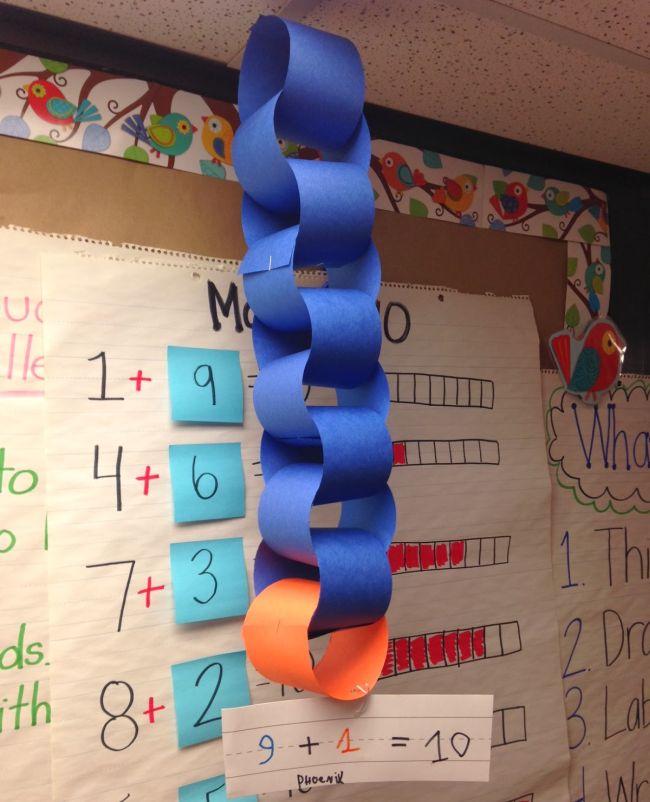
Your students probably already get a kick of making paper chains, so use them as a colorful way to explore this math concept.
Learn more: Mrs. Briggs’ Class
19. Super-size your number bonds
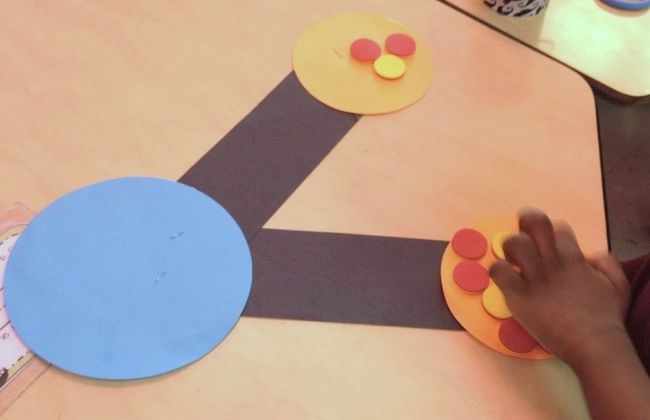
A few circles of construction paper give kids their own big number bond tool to practice with. These are also large enough for teachers to display on the board for everyone to see.
Learn more: The Kindergarten Smorgasboard
20. Count on your fingers
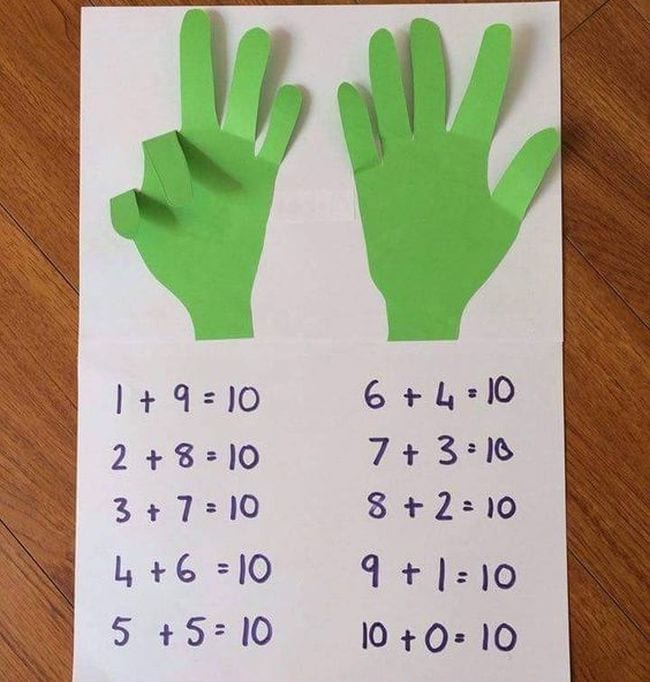
So adorable! Kids trace and cut out their hands, then glue them to paper, leaving the fingers free to bend. Now they can practice “making 10” while their hands are still free to write.
Learn more: Primary Solutions on Pinterest
21. Fly a number bond kite
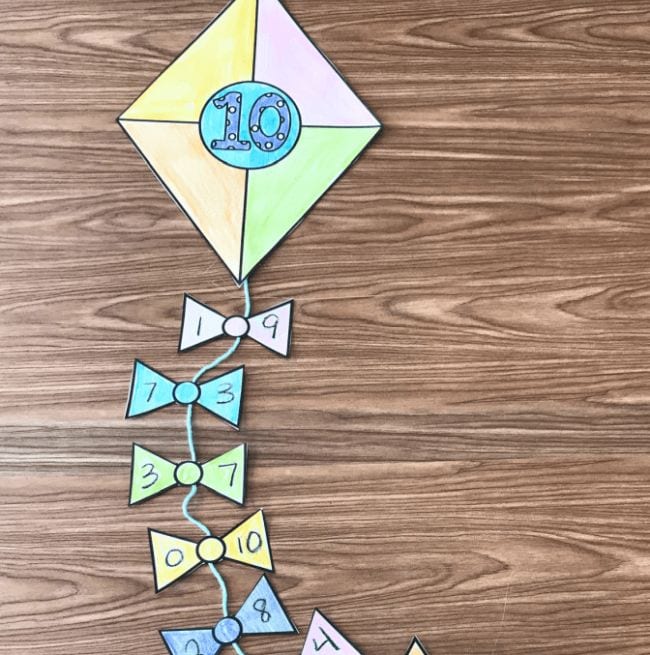
Each of the tails on this smart kite represents part of the whole number at the top. These would make a fantastic springtime classroom decoration, don’t you think?
Learn more: Primary Playground
22. Step into a number bond
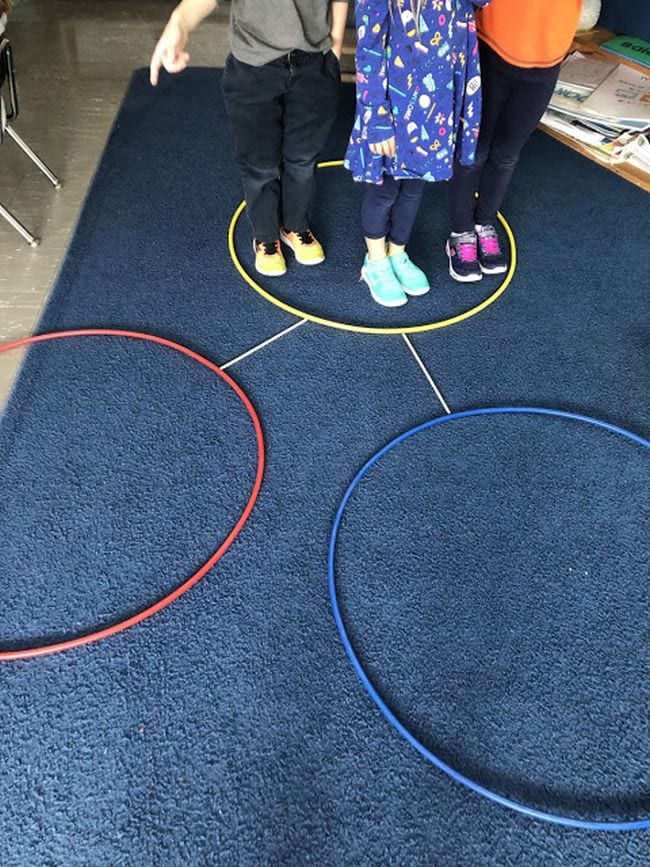
Kids will really “get into” this activity! Use them as markers to demonstrate the parts of the whole. (Try this with stuffed animals too.)
Learn more: Hula-Hoop Number Bonds at Roots and Wings
23. Turn a cookie sheet into a teaching tool
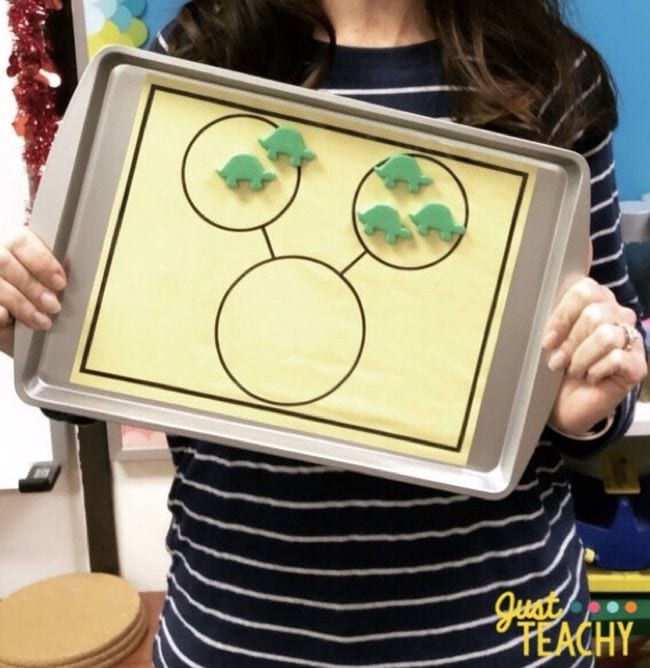
Tired of your math manipulatives disappearing underneath desks and cabinets? Use magnets on a cookie sheet instead. So smart!
Learn more: Cookie Sheets Number Bonds at Just Teachy
24. Wear number bonds bracelets
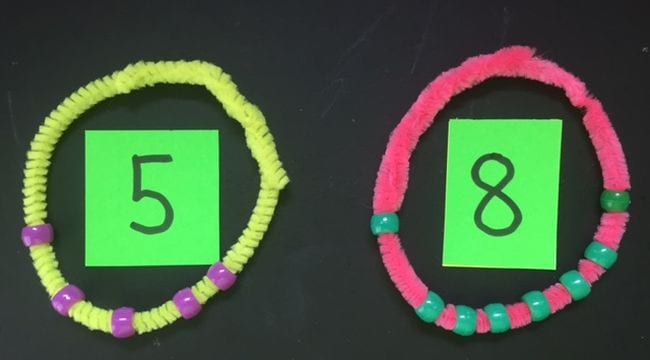
Grab some pipe cleaners and pony beads and turn math into a fashion statement! Kids can slide the beads around to show different number combinations, but they’ll always add up to the same whole.
Learn more: Dr. Jean and Friends
25. Turn Hula-Hoops into number bonds
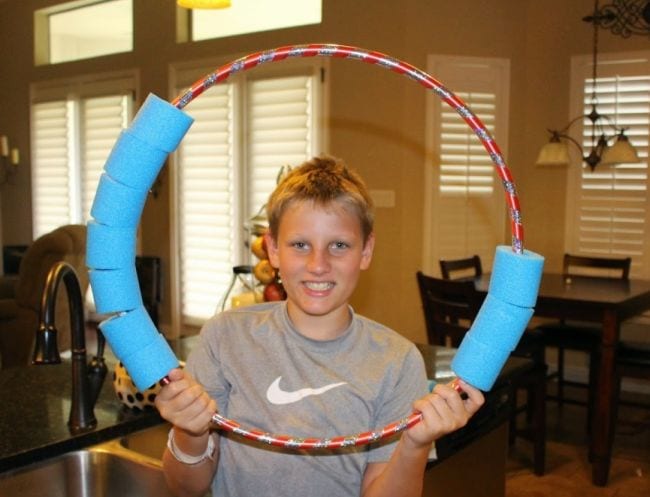
This is just like the bracelets, only much bigger! Cut up pool noodles into pieces to make the “beads.” (Find more uses for pool noodles in the classroom here.)
Learn more: Tunstall’s Teaching Tidbits
Looking for more number bond activities? Find out how 10-frames can engage early math learners.
Plus, get all the best teaching tips and ideas when you sign up for our free newsletters!
